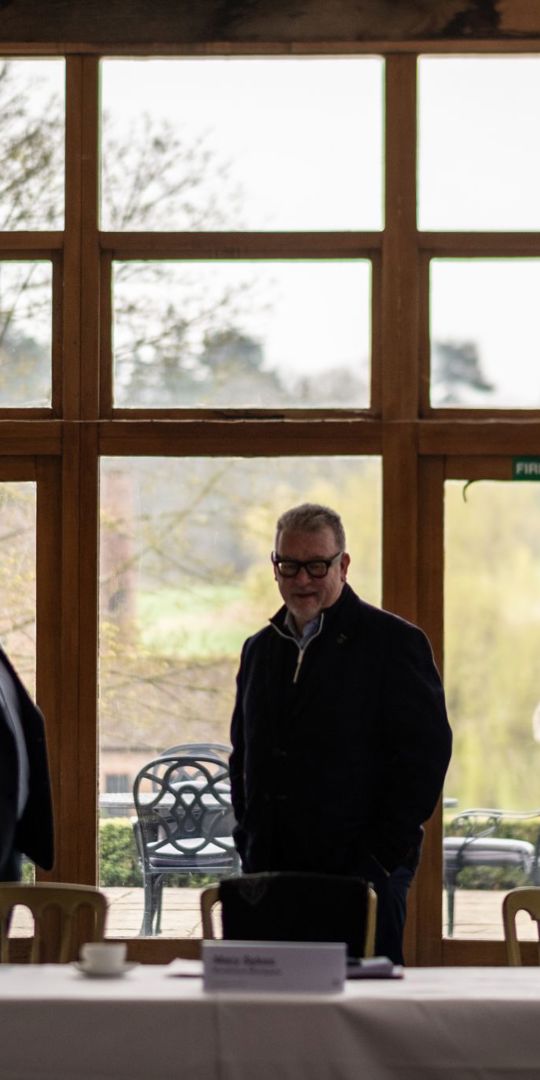The office market is evolving faster than ever and companies like FigFlex, are at the forefront of the transforming sector, providing modern workspace solutions for businesses.
At a recent flex space think tank panel, our commercial director Andrew Butler engaged in a thought-provoking discussion with industry peers about the present and future of the sector.
The panel included personnel from Elstree Studios, HSBC, Mitsubishi, Birdseye, CAE, Woodhouse Workspace and Lambert Smith Hampton.
The panel discussed a whole range of topics and we came away with six valuable insights for businesses and office providers.
Full time office work rejected
The Monday-to-Friday office policy was unanimously opposed by everyone at the discussion and described as both unfair and outdated. Instead of imposing it themselves, panellists opted to monitor companies enforcing such policies to assess their impact on staff retention over the next two-to-three year period.
For now at least, it seems that hybrid office solutions where space can be flexed up or down are the preferred choice for the companies represented on the panel.
Continued rise of flexibility
Companies are embracing open-plan HQ premises with innovative furniture layouts and privacy pods. This diversity of desk space helps promote flexible working patterns and is proving to be a big hit with staff.
One company on the panel initially estimated needing 70 pods in their flexible office workspace but ended up purchasing 380 due to the overwhelming demand.
Technology stagnation
All panellists agreed on the importance of technology in the workplace, but there was a consensus view that there have been no significant advancements in the last five years to make it a distinguishing factor in workspace design.
That means businesses should look for the fundamentals like business-grade internet connection and high end communications tech which enhance day-to-day operations first, and view extra new technology as a nice-to-have rather than a dealbreaker for now.
Changing workplace dynamics
Some personnel managers on the panel reported that traditional big full-team meetings had become non-existent in their businesses. This has led to unused office space and the shift has also changed the conventional notion of an ideal office layout.
Combined with the previous point about the rise of flexibility, this is the reason why flex space is becoming increasingly popular. Companies can pay for the space they need, configured in a way which works, and nothing more.
Flex space evolution
All panellists admitted a lack of understanding regarding how flexible office providers work, and they acknowledged the potential of hybrid models to bridge the gap in the next decade.
Expert providers like FigFlex are therefore an essential contact for any business looking to move into the flex space market. Getting the right guidance and access to spaces that are right for your specific business needs is more important than ever.
Real estate dilemma
Lambert Smith Hampton are facing challenges with traditional real estate practices like promoting landlords and offering fixed leases. The market is not there in the same way it used to be and this is forcing a rethink.
Related to this, landlords are struggling to justify investment in existing buildings without a captive audience. What businesses want from their workspaces is changing, so how can you justify investing in a traditional office building in the same way as before?
The panel concluded that there is no one-size-fits-all approach to workspace solutions, and Andrew Butler emphasised the importance of prioritising client satisfaction over carrying on doing what we have always done in the past.
Change management expertise will be needed to navigate the evolving landscape in the offices sector. Companies like FigFlex are perfectly placed to help businesses understand and find their ideal office space to rent, of the future.
Want to learn more about our available spaces? Discover our portfolio today.











